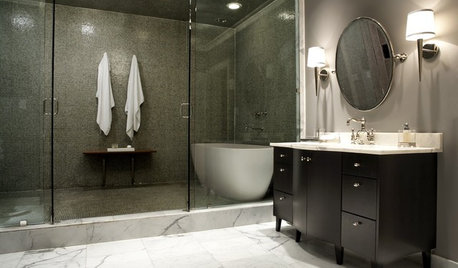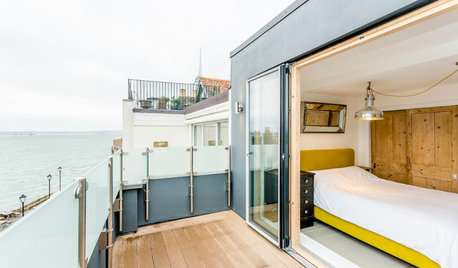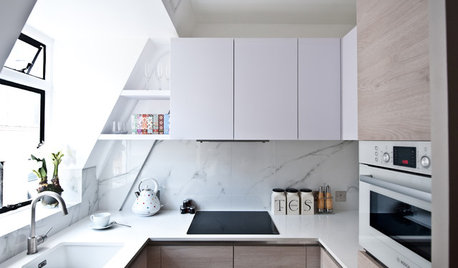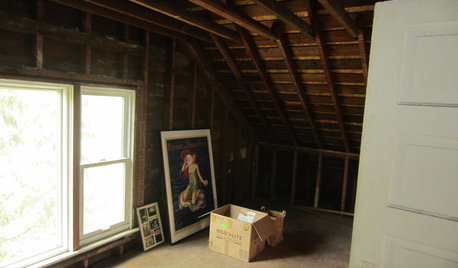What To Use As A Vapor Barrier in Attic Using Rock Wool
chipster_2007
14 years ago
Featured Answer
Comments (20)
worthy
14 years agoworthy
14 years agoRelated Professionals
Ridgewood Kitchen & Bathroom Designers · Saint Peters Kitchen & Bathroom Designers · Southampton Kitchen & Bathroom Designers · South Barrington Kitchen & Bathroom Designers · Adelphi Kitchen & Bathroom Remodelers · Bellevue Kitchen & Bathroom Remodelers · Cocoa Beach Kitchen & Bathroom Remodelers · Hickory Kitchen & Bathroom Remodelers · Port Arthur Kitchen & Bathroom Remodelers · Rancho Palos Verdes Kitchen & Bathroom Remodelers · Spokane Kitchen & Bathroom Remodelers · Five Corners Architects & Building Designers · Keansburg Architects & Building Designers · San Angelo Architects & Building Designers · West Jordan Architects & Building Designersmacv
14 years agochipster_2007
14 years agomacv
14 years agomacv
14 years agomacv
14 years agoold_house_j_i_m
14 years agokimkitchy
14 years agoworthy
14 years agomacv
14 years agochipster_2007
14 years agoworthy
14 years agooilpainter
14 years agoshw001
11 years agosoutherncanuck
11 years agoworthy
11 years agoGretchen Maurer
8 years agoSanford W.
8 years ago
Related Stories

GREEN BUILDINGEcofriendly Cool: Insulate With Wool, Cork, Old Denim and More
Learn about the pros and cons of healthier alternatives to fiberglass and foam, and when to consider an insulation switch
Full Story
BATHROOM DESIGNHow to Choose Tile for a Steam Shower
In steamy quarters, tile needs to stand up to all that water and vapor in style. Here's how to get it right the first time
Full Story
GREEN BUILDINGInsulation Basics: Natural and Recycled Materials
Consider sheep’s wool, denim, cork, cellulose and more for an ecofriendly insulation choice
Full Story
REMODELING GUIDESWhen to Use Engineered Wood Floors
See why an engineered wood floor could be your best choice (and no one will know but you)
Full Story
GREEN BUILDINGSunlight Used Right: Modern Home Designs That Harness Solar Power
Embracing passive heating principles through their architecture, siting and more, these homes save energy without skimping on warmth
Full Story
DECORATING GUIDESDecorating 101: How to Use White Right
If you’ve ever been in white-paint-swatch limbo, you know white can be tricky to work with. Here’s how to get the fresh look you’re after
Full Story
ATTICSRoom of the Day: A Bright Attic Conversion
Transforming the attic in this 17th-century house gained its owners a whole new outlook and the chance to switch decor styles
Full Story
THE HARDWORKING HOMESmart Ways to Make the Most of a Compact Kitchen
Minimal square footage is no barrier to fulfilling your culinary dreams. These tips will help you squeeze the most out of your space
Full Story
MATERIALSInsulation Basics: What to Know About Spray Foam
Learn what exactly spray foam is, the pros and cons of using it and why you shouldn’t mess around with installation
Full Story
Houzz Call: What Gives You the Creeps at Home?
Halloween horror got nothing on your basement, attic or closet? Show us that scary spot you steer clear of
Full StoryMore Discussions








energy_rater_la